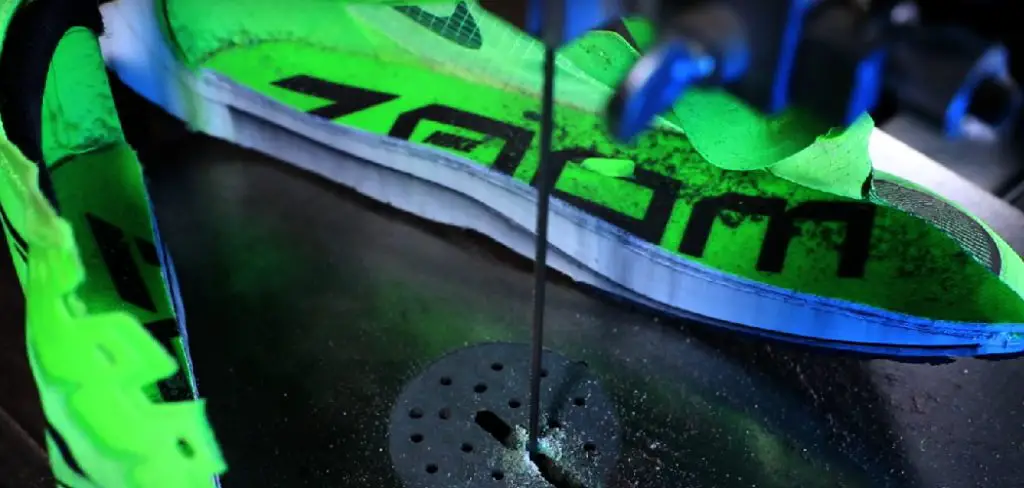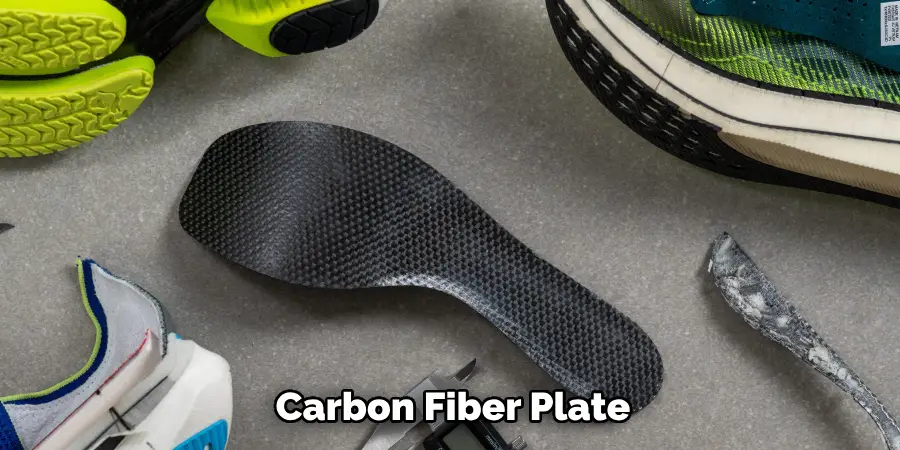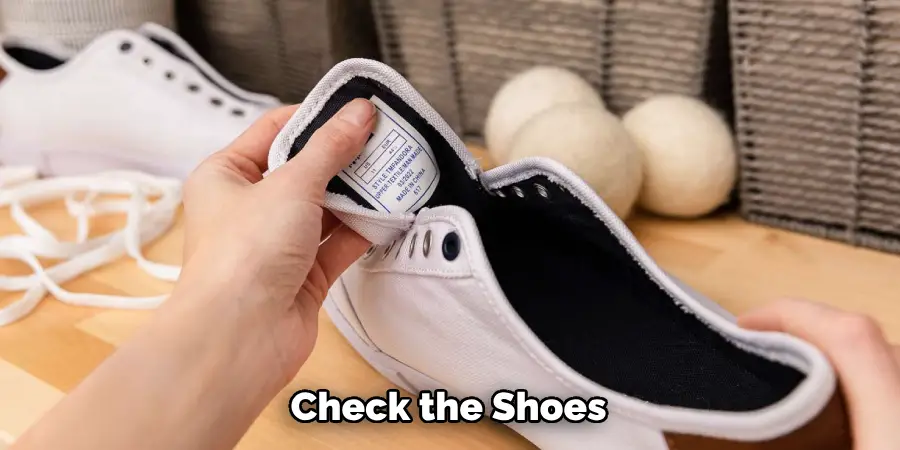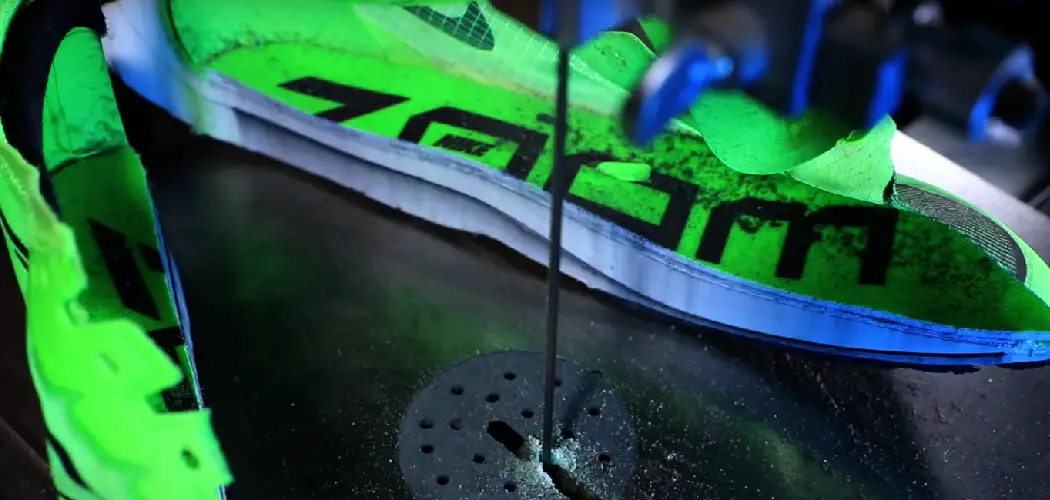Are you curious about how carbon plated shoes work? This type of shoe has become increasingly popular among runners and athletes in recent years.
Carbon-plated shoes have revolutionized the world of competitive running by offering runners enhanced propulsion and efficiency. These shoes are embedded with a thin, rigid carbon fiber plate within the midsole, which is crucial in minimizing energy loss during each stride. The carbon plate acts as a spring, providing a snappy toe-off by effectively storing and releasing energy with each step. Additionally, the plate helps maintain the structural rigidity of the shoe, contributing to a more stable and supportive experience.

By incorporating this technology, runners experience improved performance and faster race times, making carbon-plated shoes a game-changer in modern athletic footwear.
What are the Benefits of Carbon Plated Shoes?
The main benefit of carbon-plated shoes is their ability to increase running efficiency. This is particularly useful for long-distance runners, as the reduced energy loss allows them to maintain a faster pace for more extended periods.
Moreover, the carbon plate also helps reduce muscle fatigue and damage, making these shoes ideal for runners training for marathons or other endurance events. By minimizing strain on muscles and joints, carbon-plated shoes can also help prevent injuries and improve overall performance.
But carbon-plated shoes can benefit not just elite athletes. Even recreational runners can see a difference in their performance with this type of footwear. The enhanced propulsion and stability the carbon plate provides can help runners of all levels achieve their personal bests.
10 Easy Steps on How Carbon Plated Shoes Work
Step 1. Understand the Construction:
Carbon-plated shoes have several key components that work together to enhance performance. First, there’s the carbon fiber plate, which is strategically placed within the shoe’s midsole. This plate is usually made from lightweight yet durable materials, allowing it to quickly flex and return to its original shape. The midsole, which surrounds the carbon plate, is typically crafted from advanced foam compounds designed to maximize cushioning while keeping the overall weight of the shoe low.

The shoe’s upper part is often made of breathable, lightweight fabrics that ensure a snug fit, preventing unnecessary movement during runs. By understanding these elements, you can better appreciate how each component contributes to the overall function of carbon-plated shoes.
Step 2. Learn How the Carbon Plate Works:
The carbon plate embedded in the shoe’s midsole is a critical component driving enhanced performance. It acts as a lever, optimizing the runner’s energy transfer with every stride. When the foot lands, the plate compresses slightly, storing energy released as the foot pushes off the ground. This mechanism provides a propulsive action that propels the runner forward more efficiently.
The carbon plate’s design and placement are meticulously engineered to accentuate the natural foot motion while providing a firm yet responsive feel. Understanding this will help you grasp how the shoe efficiently improves speed and reduces fatigue.
Step 3. Experience the Energy Return:
When you wear carbon-plated shoes, one of the standout experiences is the energy return they provide on each stride. As the carbon plate flexes and returns to its original shape, it channels energy back into your step. This phenomenon reduces the force absorbed by your legs, minimizing the impact on muscles and joints.
The sensation is often described as having a “bounce” or “springboard” effect underfoot, making sustaining a higher cadence and pace easier during a run. By harnessing this energy return, runners can improve efficiency and potentially decrease fatigue over long distances.

Step 4. Consider the Impact on Running Form:
Wearing carbon-plated shoes can have a noticeable effect on running form. The propulsion offered by the carbon plate encourages a more forward-leaning posture, which can promote a quicker transition from heel strike to toe-off. This shift in biomechanics often results in a more efficient running style.
Additionally, the added stability and support from the carbon plate can help maintain proper alignment and reduce the risk of overpronation or supination, everyday issues that can lead to injuries.
Step 5. Adjust Your Training:
Incorporating carbon-plated shoes into your running routine may require adjustments to your training regimen. Due to their increased efficiency and reduced fatigue, you can extend the length and intensity of your workouts. However, it’s essential to gradually integrate these shoes into your training to allow your body to adapt to the different mechanics and feel.
Start by wearing them for shorter runs or less intense sessions, gradually increasing their use as you become comfortable with the shoe’s response. Paying attention to your body’s signals during this transition will ensure you effectively harness the benefits without risking injury.
Step 6. Evaluate the Fit and Comfort:
When using carbon-plated shoes, assessing their fit and comfort is essential to ensure they meet your running needs. The design of these shoes often emphasizes a snug fit to enhance the plate’s performance, so it’s crucial to find a pair that aligns well with your foot shape. Test different models to determine the best balance of comfort and support.
Remember that the right fit can prevent unnecessary chafing and movement, affecting your running efficiency. Additionally, the cushioning should complement the plate’s rigidity, providing a comfortable yet firm ride that encourages peak performance without sacrificing comfort.
Step 7. Timing Your Usage:
Deciding when to use carbon-plated shoes within your training and racing plan is an important consideration for maximizing their benefits. These shoes are often most effective during speed workouts, tempo runs, and race day, where their energy return can make the most significant impact on performance.
However, using them sparingly and strategically can help preserve their lifespan, as excessive use of carbon plates and foam materials can degrade over time. By timing your usage effectively, you can optimize their advantages during critical training sessions and competitions.
Step 8. Monitor Wear and Tear:
As with any specialized athletic footwear, monitoring the wear and tear on carbon-plated shoes is crucial to maintaining their performance capabilities. Check the shoes regularly for signs of material degradation, especially in the midsole and carbon plate areas, which can affect the shoe’s energy return and stability.

Look for fraying, cracks in the plate, or significant compression in the foam, indicating that the shoes are nearing the end of their useful life. Keeping an eye on these factors will help ensure you’re always running with optimal support and performance, avoiding any potential negative impacts on your running efficiency.
Step 9. Reflect on Your Performance Improvements:
After incorporating carbon-plated shoes into your training routine, reflecting on any performance changes is important. Keep track of your times, cadence, and overall feel during runs to gauge the shoes’ effectiveness. Consider whether you have experienced increased efficiency, reduced fatigue, or other notable improvements.
By analyzing this data, you can determine how these shoes have impacted your running and make informed decisions about continuing their use or adjusting your training strategies. Regular reflection will help optimize your footwear choices and contribute to ongoing enhancements in your running journey.
Step 10. Rotate Your Footwear:
While carbon-plated shoes can provide significant performance benefits, you should rotate them with other running shoes in your collection. Diversifying your footwear selection allows you to target different training goals and provides your muscles and tendons with varied stimuli, which can reduce the risk of overuse injuries. Other shoes can help maintain muscle development and adaptation balance, contributing to a more holistic running regimen.
Additionally, rotating shoes can extend the lifespan of each pair by distributing wear and tear, ultimately preserving the effectiveness of the carbon-plated shoes for when they are most needed.
Following these steps, you can effectively incorporate carbon-plated shoes into your running routine and harness their many performance benefits.
5 Things You Should Avoid
1. Overestimating Performance Gains
Although carbon-plated shoes can improve running efficiency and reduce fatigue, assuming they will automatically make you a faster runner without proper training might lead to disappointment.
2. Neglecting Proper Fit
Choosing the wrong size or style can negate the benefits of carbon-plated shoes. Ensure your shoes fit well, offering support and comfort to avoid injury.
3. Ignoring Individual Running Style
Each runner is unique; thus, it’s important to find shoes that complement your specific gait and foot structure rather than buying solely based on the presence of a carbon plate.
4. Using Them for All Runs
Carbon-plated shoes are designed for performance runs, races, or speed workouts. Regularly using them for everyday training may wear them out faster and not provide the desired benefits.
5. Skipping Shoe Transition
Transitioning to shoes with carbon plates should be gradual. Jumping into a long race without adequate adaptation to the shoe’s rigidity and design can increase the risk of injury.

Conclusion
Carbon-plated shoes have revolutionized the running landscape, leveraging a blend of cutting-edge technology and biomechanics to enhance performance.
At their core, these shoes integrate a carbon fiber plate within the midsole, which acts as a propulsion system to improve energy efficiency and speed. The plate stabilizes the foot, providing a consistent structural base that facilitates a smoother transition through each stride. Coupled with ultra-responsive foam, this design reduces energy loss and fatigue, aiding runners in maintaining higher velocities for longer durations.
Hopefully, the article on how carbon plated shoes work has provided valuable insights into their design and potential to improve performance.

